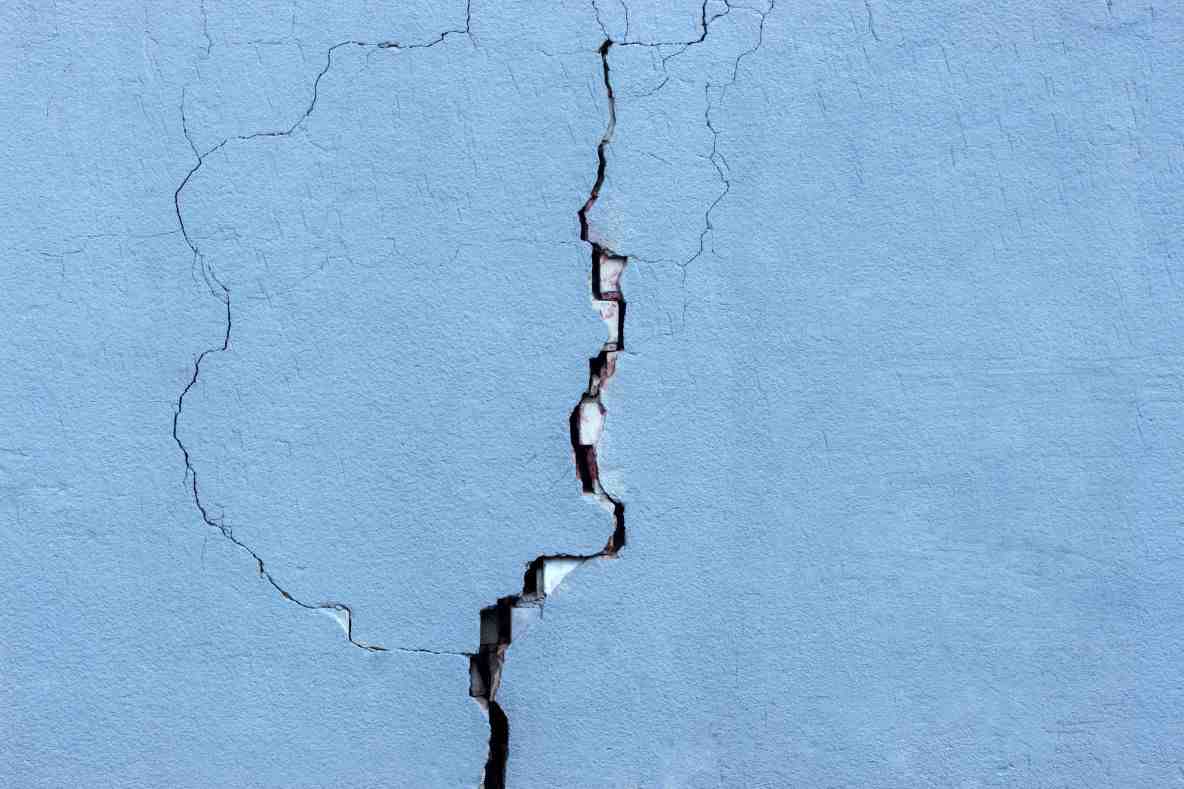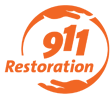In Depth Guide to Earthquake Damage Restoration Services
Earthquake Damage Restoration Services for Homes are vital for anyone living in areas prone to seismic activity. These services provide peace of mind and security after such an unpredictable event. Earthquakes strike without notice, leaving a trail of structural damage, fallen objects, and disrupted lives in their wake.
My name is Allen Andra, a dedicated expert in disaster restoration with years of experience in the industry. I lead 911 Restoration of the Inland Empire, specializing in Earthquake Damage Restoration Services for Homes. Our team is committed to helping you get back on your feet swiftly and safely.
Understanding Earthquake Damage
When an earthquake strikes, the damage can be both visible and hidden. Let’s break down the types of damage you might encounter:
Structural Damage
Structural damage is the most severe type of damage caused by earthquakes. This includes cracks in walls, ceilings, and foundations. Buildings might lean or even collapse if the damage is extensive enough. Foundations are particularly vulnerable, and repairing them can be costly.

Falling Objects
During an earthquake, falling objects pose a significant risk. Most injuries result from items like books, televisions, or even furniture falling and hitting people. Securing heavy items to walls and installing safety latches on cabinets can help minimize this risk.
Aftershocks
Aftershocks are smaller quakes that follow the main event. They can cause additional damage to already weakened structures. It’s important to be cautious and stay informed about aftershock activity, as these can occur days or even weeks after the initial quake.
Earthquake Damage Restoration Services for Homes
After an earthquake, the path to restoring your home involves several critical steps. Let’s break down the process into three main stages: initial assessment, debris removal, and structural repairs.
Initial Assessment
The first step is a thorough assessment of your home. Experts like those at 911 Restoration of Inland Empire will inspect your property to determine the extent of the damage. This involves checking for visible issues, like cracks in walls and foundations, as well as hidden problems that might not be immediately obvious, such as structural weaknesses or compromised utilities.
Key aspects of the assessment include:
- Structural Integrity: Inspecting walls, ceilings, and foundations for cracks or shifts.
- Utilities: Checking gas lines, electrical systems, and plumbing for any disruptions or leaks.
- Safety Hazards: Identifying any immediate risks, such as unstable walls or falling debris.
Here’s what happens during this phase:
- Detailed Inspection: Experts conduct a thorough inspection of your home, looking for both visible and hidden damage. This includes checking for cracks in the foundation, walls, and ceilings, as well as assessing the condition of utilities like gas, water, and electricity.
- Safety Check: Identifying immediate hazards such as unstable structures or potential fire risks is a top priority. This ensures the safety of everyone involved in the restoration process.
- Documentation: All findings are documented, often with photos and detailed notes. This is essential not only for planning repairs but also for insurance purposes.
Debris Removal
Once the assessment is complete, the next step is debris removal. This involves clearing out any rubble or damaged materials that could pose safety risks or hinder the restoration efforts.
Key tasks in this stage include:
- Clearing Rubble: Removing fallen debris, broken glass, and other materials that were displaced during the earthquake.
- Sorting Materials: Separating items that can be salvaged from those that need to be disposed of. This might include recycling materials like metal or wood.
- Hazardous Material Handling: Safely removing any hazardous materials, such as asbestos or lead-based paint, which could pose health risks.
Structural Repairs
With the site cleared, the focus shifts to structural repairs. This is where the real rebuilding begins, aiming to restore your home to a safe and livable condition.
This stage involves:
- Foundation and Wall Repairs: Fixing any cracks or shifts in the foundation and walls to ensure structural stability.
- Roof and Ceiling Work: Repairing or replacing damaged roofing and ceilings to protect against future weather damage.
- Utility Restoration: Ensuring that all utilities are repaired and functioning safely, including gas, water, and electrical systems.
- Safety Upgrades: Installing additional supports or reinforcements to help your home withstand future seismic activity.
Restoration Process
The final step is the restoration process, which aims to bring your home back to its pre-earthquake condition—or better. This involves not only repairing the physical structure but also addressing any cosmetic issues, such as repainting walls or replacing damaged flooring.
Components of the restoration process include:
- Interior Restoration: Repairing or replacing damaged drywall, paint, and flooring.
- Exterior Repairs: Fixing any damage to the home’s facade, roof, or landscaping.
- Final Inspection: Conducting a comprehensive check to ensure all repairs are up to code and the home is safe for occupancy.
Cost of Earthquake Damage Restoration
Restoring a home after an earthquake can be a significant financial undertaking. Understanding the costs involved, how insurance can help, and finding cost-effective solutions are vital to managing this process.
Repair Costs
The cost of Earthquake Damage Restoration Services for Homes varies greatly depending on the extent of the damage. Minor repairs, like fixing small cracks or replacing broken windows, might be on the lower end of the spectrum. However, severe structural damage can escalate costs significantly.
- Minor Repairs: These might include patching up cracks, repainting, or minor plumbing repairs. Costs can range from a few hundred to a couple of thousand dollars.
- Major Structural Repairs: Extensive damage, such as foundation repairs or rebuilding significant parts of the structure, can cost tens of thousands of dollars.
- Utilities and Safety: Repairing gas, water, and electrical systems can add to the overall cost, especially if they require extensive work.
Insurance Claims
Insurance can play a crucial role in covering the costs of earthquake damage restoration. However, understand your policy and the claims process.
- Documentation: Thorough documentation of the damage is essential. This includes photos, videos, and detailed notes from the initial assessment.
- Policy Coverage: Check your insurance policy to see what is covered. Some policies may cover structural repairs but not personal belongings.
- Claims Process: Filing a claim promptly and accurately is crucial. Providing comprehensive documentation can help ensure your claim is accepted.
Cost-Effective Solutions
Finding ways to minimize costs without compromising on quality is important for homeowners.
- Prioritize Repairs: Focus on essential structural repairs first. Non-essential cosmetic repairs can often be delayed until more funds are available.
- Reuse Materials: Whenever possible, reuse materials that are still in good condition. This can significantly reduce costs.
- Professional Guidance: Hiring experienced professionals who can efficiently manage the restoration process can save money in the long run by avoiding costly mistakes.
By understanding the potential costs, leveraging insurance effectively, and implementing cost-saving strategies, homeowners can manage the financial impact of earthquake damage restoration more effectively.
Earthquake Preparedness and Safety Tips
Being prepared for an earthquake can make a huge difference in keeping you and your family safe. Here are some essential tips on seismic safety, emergency supplies, and evacuation plans to ensure you’re ready when the ground starts shaking.
Seismic Safety
Understanding seismic safety is the first step in preparing for an earthquake. You can take several actions to make your home safer:
- Secure Heavy Items: Fasten bookcases, cabinets, and large appliances to walls. Consider using safety straps for TVs and computers.
- Install Latches: Use safety latches on cabinets to prevent contents from spilling out during a quake.
- Identify Safe Spots: Know where to take cover in each room, such as under sturdy tables or against interior walls. Avoid windows and heavy objects that could fall.
Emergency Supplies
Having the right supplies on hand can be crucial in the aftermath of an earthquake:
- Water and Food: Keep at least a three-day supply of water (one gallon per person per day) and non-perishable food.
- First Aid Kit: Include bandages, antiseptic wipes, and any necessary medications.
- Flashlights and Batteries: Power outages are common after earthquakes, so have flashlights and extra batteries ready.
- Portable Radio: A battery-operated or hand-crank radio can keep you informed about emergency updates.
- Tools and Supplies: Have a wrench handy to turn off gas if needed, and keep basic tools for small repairs.
Evacuation Plans
An effective evacuation plan ensures everyone knows what to do and where to go during an earthquake:
- Practice Drills: Regularly practice “Drop, Cover, and Hold On” drills with your family.
- Meeting Points: Designate a safe meeting place outside your home and another outside your neighborhood in case of evacuation.
- Communication Plan: Have a plan for communicating with family members if you’re separated. Text messages often work better than calls during emergencies.
- Know Your Exits: Familiarize yourself with multiple exits from your home and neighborhood.
By following these earthquake preparedness and safety tips, you can significantly reduce the risks associated with earthquakes and ensure a quicker recovery for you and your family.
Next, we’ll address some common questions about earthquake damage restoration to help you better understand the process and what to expect.
Frequently Asked Questions about Earthquake Damage Restoration
How much does it cost to rebuild a house after an earthquake?
Rebuilding a home after an earthquake can be a significant investment. Costs vary widely based on the extent of the damage. According to the US Geological Survey (USGS), costs can range from a few thousand dollars for minor repairs to over $100,000 for major structural repairs.
Several factors impact the cost:
- Extent of Damage: Minor cosmetic repairs are cheaper than major structural repairs, such as foundation work.
- Materials Used: High-quality, earthquake-resistant materials can be more expensive but offer better protection.
- Location: Costs may differ based on local labor rates and building codes.
How long does it take to restore a home after an earthquake?
The time it takes to restore a home depends on the damage severity and the restoration process. Here’s a general timeline:
- Initial Assessment: A detailed inspection can take a few days to a week.
- Debris Removal and Stabilization: This can take several days, depending on the amount of debris.
- Structural Repairs: Major repairs, like foundation work, can take weeks to months.
- Cosmetic Repairs: Painting and finishing touches may add additional weeks.
Overall, a complete restoration can take anywhere from a few weeks to several months. Quick action and hiring experienced professionals can speed up the process.
What are the most common types of earthquake damage?
Earthquakes can cause various types of damage to homes. Here are the most common:
- Structural Damage: This includes damage to foundations, walls, and roofs. It’s often the most costly and time-consuming to repair.
- Falling Objects: Many injuries during earthquakes are from falling objects like shelves, appliances, and light fixtures.
- Utility Damage: Earthquakes can disrupt gas, water, and electrical lines, leading to additional hazards like fires or floods.
Understanding these common types of damage can help you better prepare and respond effectively when an earthquake strikes.
The 911 Restoration Promise
911 Restoration of Inland Empire stands ready to guide you through the challenges of earthquake recovery. Our Earthquake Damage Restoration Services for Homes are designed to help you regain stability and peace of mind after such a disruptive event.
We understand that the aftermath of an earthquake can be overwhelming. Our team is committed to providing comprehensive restoration services, from initial assessment to final repairs. We prioritize your safety and comfort, ensuring that your home is restored to its pre-earthquake condition with minimal stress.
One of the key benefits of working with us is our rapid response time. We are available 24/7 and aim to be on-site within 45 minutes. This quick action helps to mitigate further damage and accelerates the restoration process, allowing you to return to your normal life as soon as possible.
Our expertise extends beyond just repairs. We also assist with insurance claims, providing detailed documentation and working directly with your insurance company to ensure you receive the coverage you deserve. This support can significantly ease the financial burden of restoration.
In addition to our technical expertise, we offer guidance on earthquake preparedness. By helping you develop an emergency plan and ensuring your home meets seismic safety standards, we aim to reduce the impact of future earthquakes.
In conclusion, choosing 911 Restoration of Inland Empire for your earthquake restoration needs means choosing a partner dedicated to restoring not just your property, but also your peace of mind. For more information on how we can assist you, visit our disaster restoration services page.




